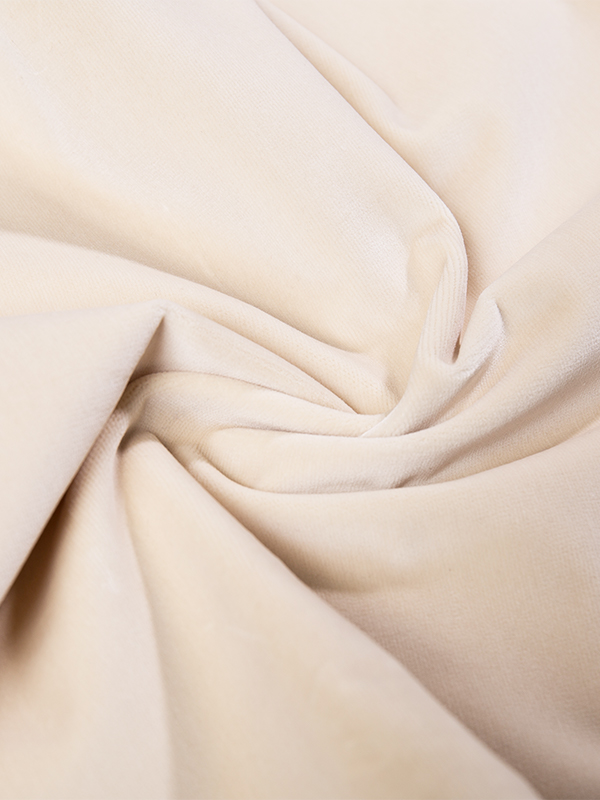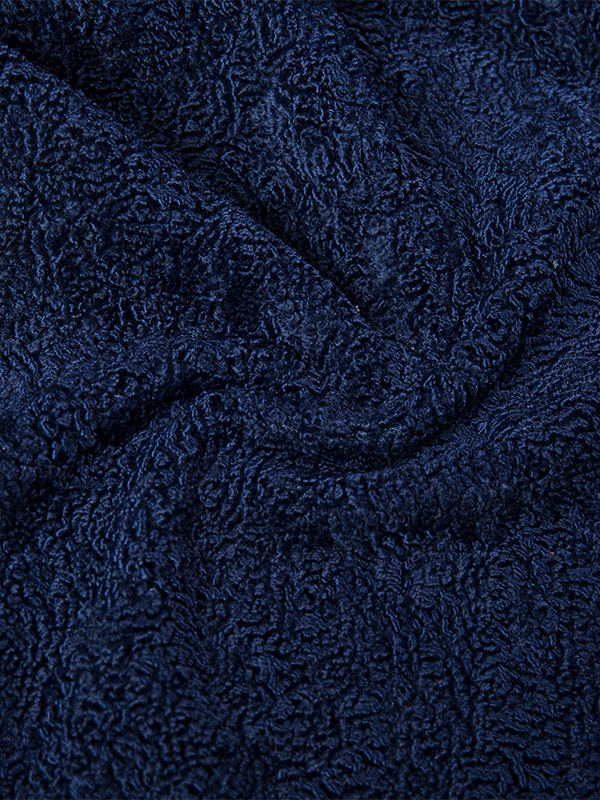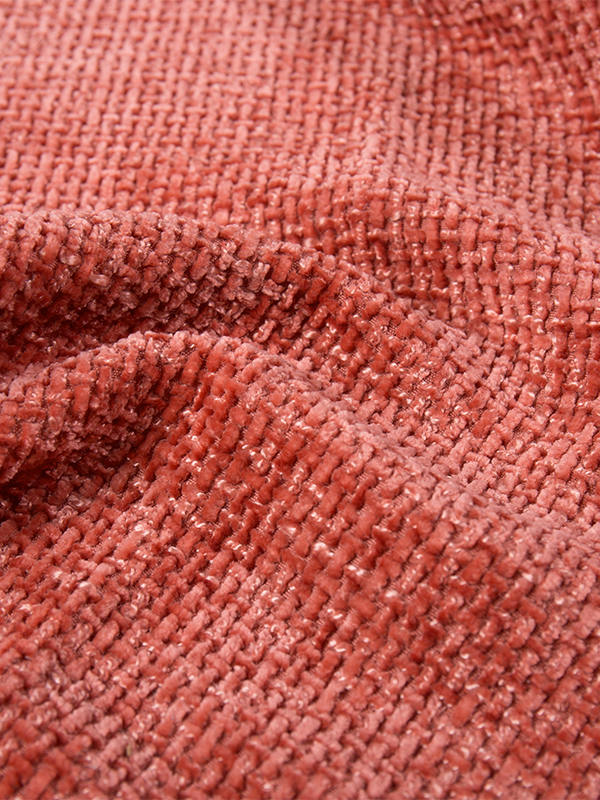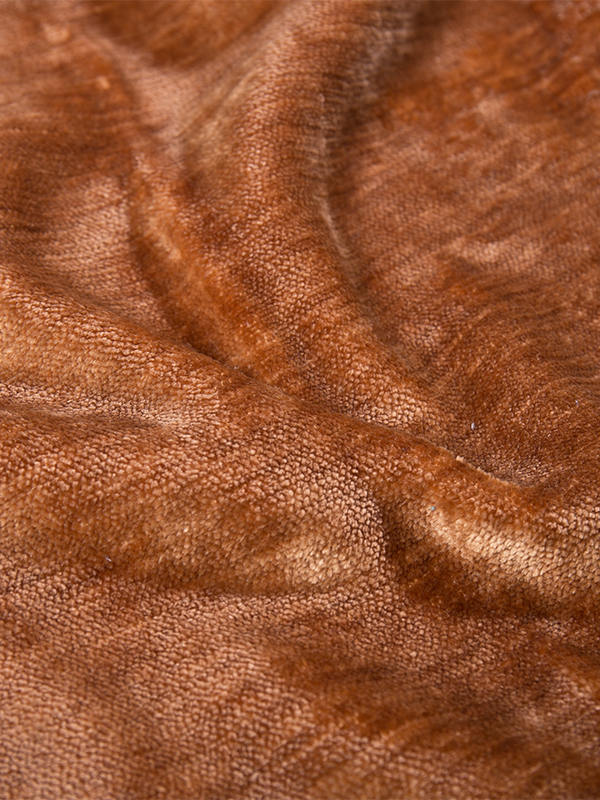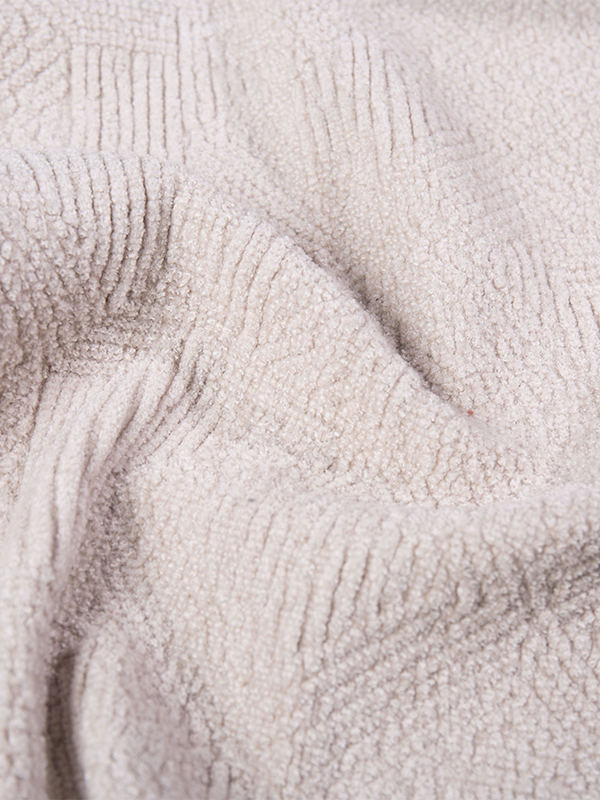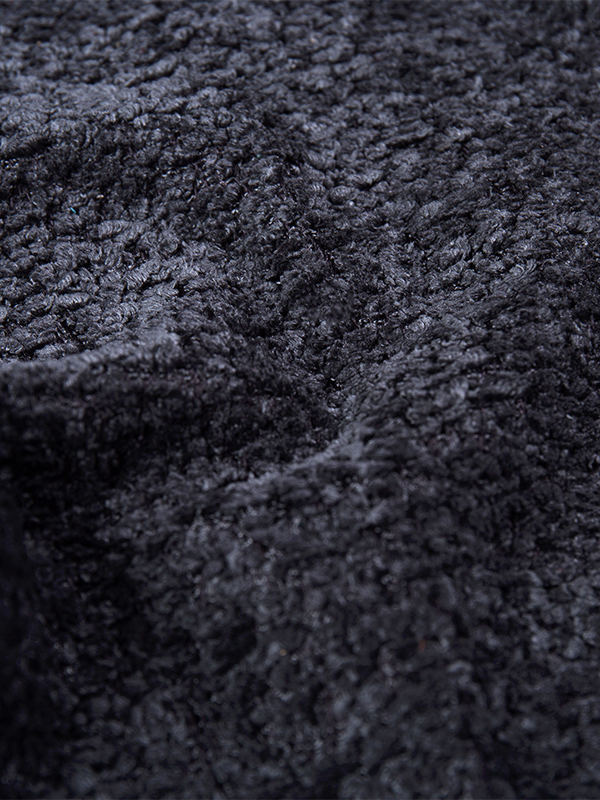Vintage velour fabric holds a distinct place in the textile world due to its plush texture and timeless appeal. Characterized by a dense pile, it offers a soft, smooth feel that is comfortable to touch and visually rich. The surface reflects light differently depending on the angle, giving it a subtle sheen that can make garments or furniture pieces appear more dynamic.
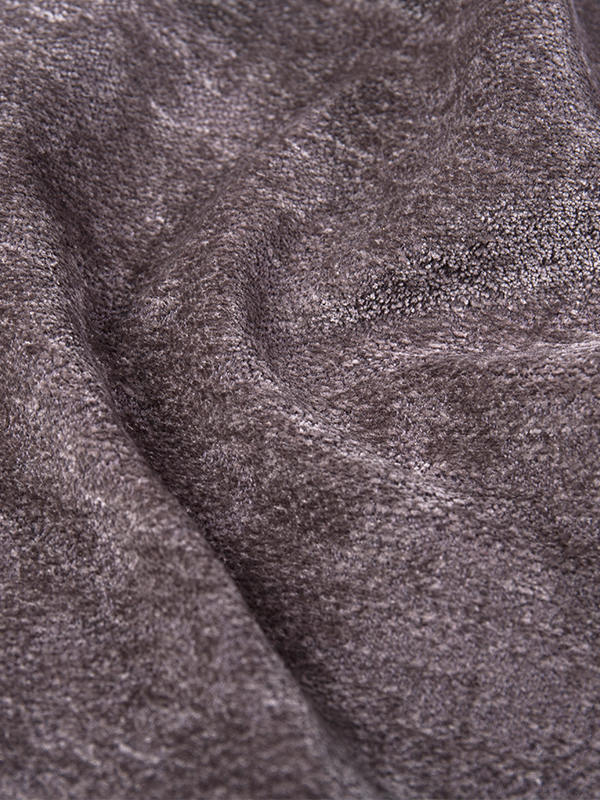
One of the defining characteristics of vintage velour fabric is its elasticity. Often produced with a blend of natural and synthetic fibers, it can stretch slightly without losing its shape, making it suitable for form-fitting apparel or upholstery that requires flexibility. This quality also contributes to its resilience, allowing it to maintain its appearance over time with proper care.
The weight of vintage velour fabric is another notable aspect. It tends to be heavier than standard woven textiles, giving it a drape that feels substantial. This makes it ideal for curtains, jackets, and furniture coverings that benefit from both structure and softness. Its warmth also makes it a favored material for cooler seasons, whether in clothing or home decor.
Maintenance, however, requires attention. The pile can flatten if pressed too firmly, and certain cleaning methods may cause damage. Regular gentle brushing and careful washing or dry cleaning are recommended to preserve its texture. When used in upholstery, rotating cushions and avoiding prolonged pressure can help extend its life.
Vintage velour fabric is valued for its luxurious feel, light-catching quality, and durability when well-maintained. Its combination of comfort, style, and versatility ensures it remains relevant for both fashion and interior design, particularly for those seeking a touch of retro charm in a modern setting.
Linen upholstery fabric, especially in printed form, offers a unique balance of natural elegance and practical function. As a material made from flax fibers, linen is known for its breathable qualities, making it comfortable to use year-round. The addition of printed patterns can enhance its visual interest, allowing it to complement a variety of interior styles.
One of the key advantages of printed linen upholstery fabric is its aesthetic versatility. Whether featuring delicate florals, bold geometrics, or abstract designs, printed linen can add character to furniture pieces without overwhelming the overall decor. The natural texture of linen also works well with both traditional and contemporary spaces, providing a relaxed yet refined appearance.
Durability is another benefit. Linen fibers are inherently strong, and when woven into upholstery fabric, they can withstand regular use. The breathable nature of linen helps maintain comfort in warm climates, while its ability to wick moisture adds to its practicality. In printed versions, modern dyeing and printing methods often ensure colors remain vibrant over time, though some natural fading may occur.
However, there are some considerations to keep in mind. Linen can be prone to wrinkling, which may be noticeable on large upholstered surfaces. It also has less elasticity than synthetic fabrics, meaning it may crease more easily or develop signs of wear in high-use areas. Additionally, while printed linen is often pre-treated for stain resistance, it can still absorb spills quickly if not protected or cleaned promptly.
Printed linen upholstery fabric combines the natural beauty and comfort of linen with the added personality of decorative prints. While it requires mindful maintenance and may not be the better choice for heavy-duty use in high-traffic areas, its blend of style, breathability, and durability makes it a valued option for many home interiors.

 English
English 中文简体
中文简体 русский
русский عربى
عربى Español
Español